Architectural millwork is the general name for all of the wood elements that can be seen once a building is constructed. This includes everything from wood floors and staircases to cabinets, paneling, shelves and molding. Given that these elements have very different requirements for aesthetics and durability, choosing the right type of wood can seem like a very daunting task. Ultimately, the type of wood that is used will determine the beauty and strength of the finished piece.
Contrary to what many people believe, softwoods are not necessarily weaker than hardwoods. In fact, softwoods come from coniferous (evergreen) trees like cedar, fir and pine. The wood from these trees tends to be yellow or reddish in color, and all softwoods are characterized by a closed grain that is not very noticeable when the wood is finished. Also, most coniferous trees grow quickly and are relatively straight up and down, so softwoods are often less expensive than hardwoods. Only about 25 percent of softwoods are used in woodworking, including architectural millwork.
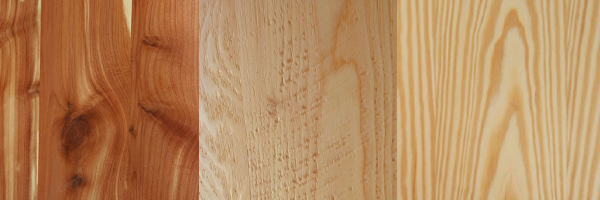
On the other hand, hardwoods come from deciduous trees – those that lose their leaves in the fall. Unlike softwoods, the grain on hardwoods varies by the tree species. Some have a more open grain, such as oak, ash or poplar. The open grain on these woods tends to stand out in the finished product. Other hardwoods, like maple or cherry, have a closed grain more similar to that of softwoods.
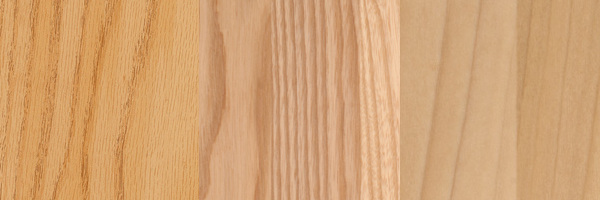
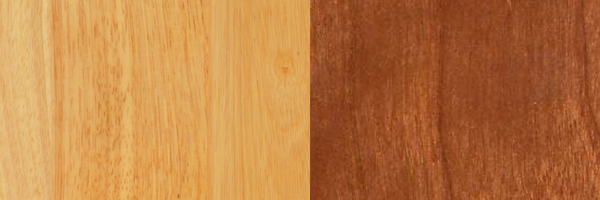
Many millworkers enjoy working with hardwoods the most due to the variety of colors and grain patterns. However, some hardwoods can be so expensive that they are rarely used for anything more than accent pieces.
Veneers are nothing new, but what I find truly exciting and inspiring is the range of interesting and exotic woods now available. There’s the African species Bubinga, which has a rich, reddish color and darker purplish waves. The Southeast Asian Paldao is a lighter wood, often tan or light grey, with dark stripes, while the European Larch can be a warm red, rich and dramatic chestnut, or subdued brown.
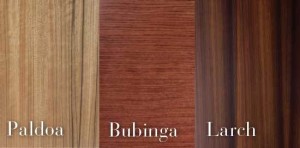
For some people, environmental impact also plays a role in deciding between hardwoods and softwoods. Some hardwoods, like Brazilian rosewood, are being over-harvested. Not only does this have a negative impact on the environment, it also drives up the price of the wood. For both hardwoods and softwoods, it is possible to find wood that is grown on a sustainable tree farm. This ensures the supply of the wood and does not contribute to deforestation practices.
A wood’s grading designation essentially depends on the number of defects in a given length and width of board. Depending on the project, a lower (and less expensive) grade can be perfectly acceptable, as long as the defects will not have a negative visual impact on the final architectural millwork.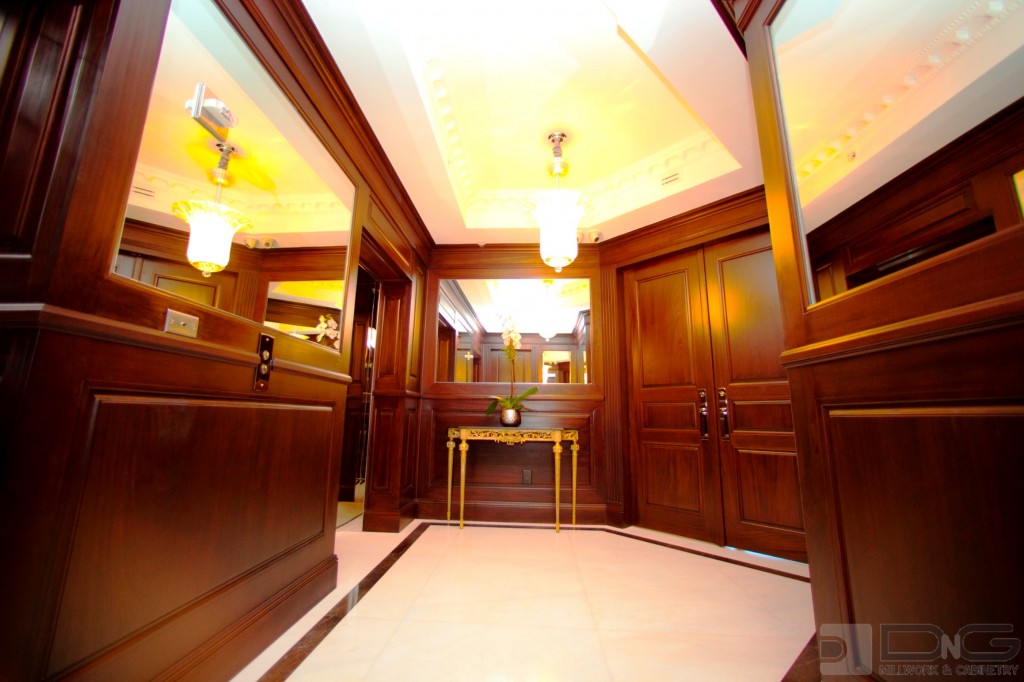
With hardwoods, the best grade is “first and seconds” (FAS), which equates to at least 83 percent usable material on a single side of the board. The lowest grade of hardwood that is typically suitable for architectural millwork is #2 Common (#2 Com).
Softwoods are graded based on the strength and appearance boards. C Select is the best, which means that the board is almost completely clear of defects. C Select is commonly used for interior trim or cabinets. A grade of 2 Common is usually the lowest softwood grade that is used for general woodworking projects. This grade means that the board has larger tight knots, which may need to worked around depending on the final use.
Understanding the basic differences between hardwoods and softwoods – and how each is graded – is the first step in selecting the right wood for an architectural millwork project. For more detailed information and personalized assistance, it is always a good idea to consult with a professional millworker for advice.
Architects, builders and designers trust us to bring their concepts to life, on time and within budget.